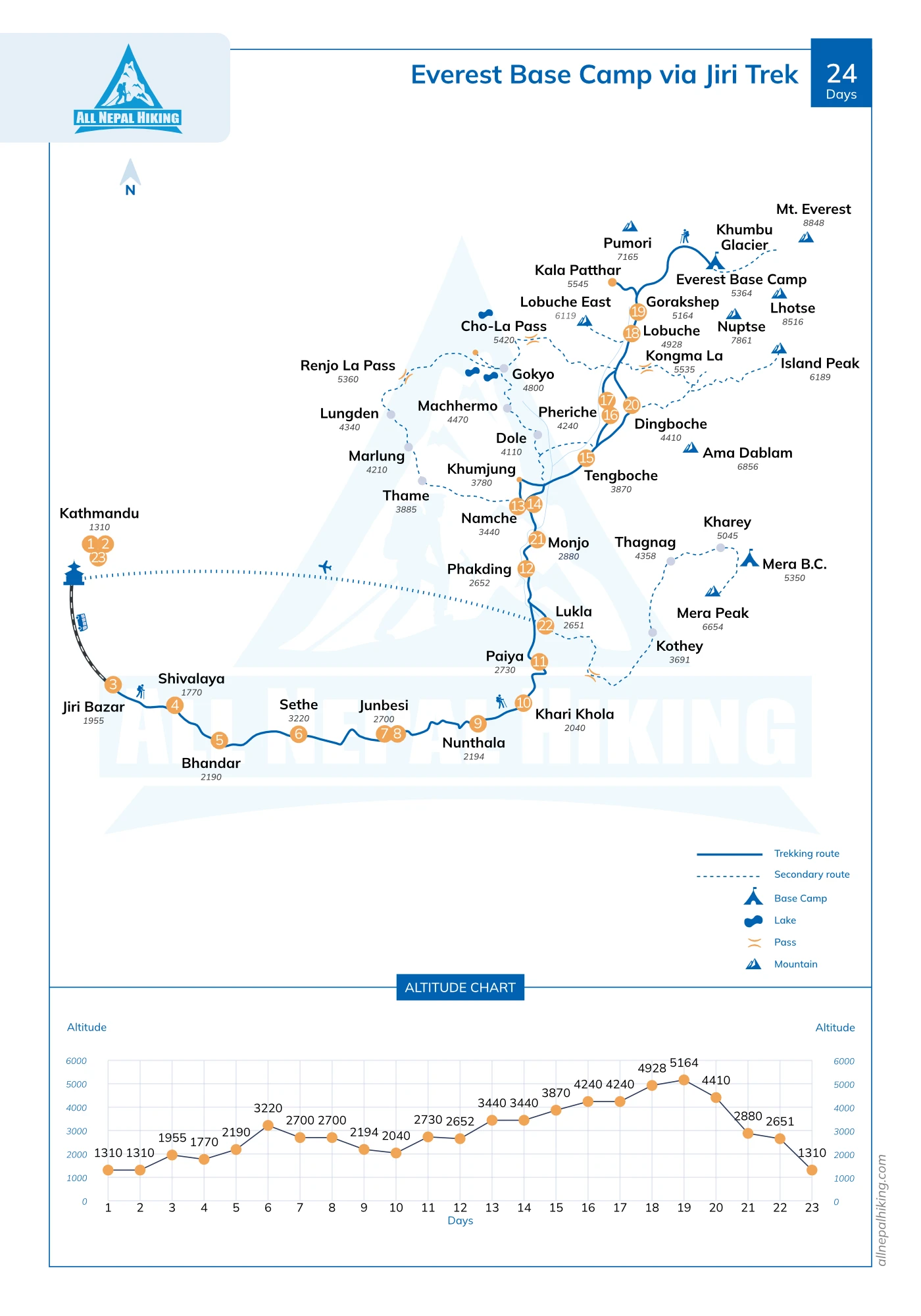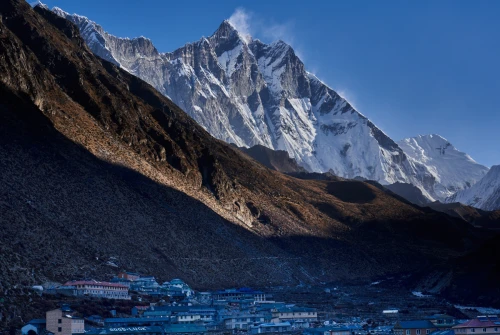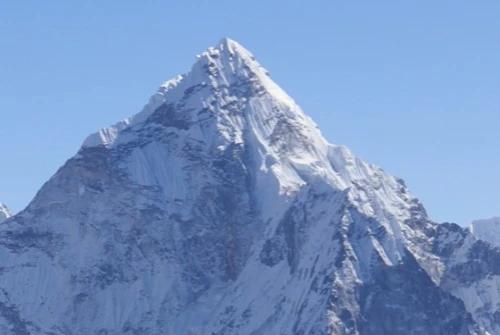Trekking along the Jiri route presents an ancient path to reach Everest Base Camp, showcasing the breathtaking terrain of the Solukhumbu District. This journey unveils the mesmerizing Himalayan vistas, verdant forests, and lush valleys. The Jiri to Everest Base Camp trek spans a day and offers panoramic views of notable peaks such as Everest, Lhotse, Nuptse, Amabablam, Pumori, and Thamserku, along with an opportunity to immerse in the Sherpa community's distinctive culture.
The adventure commences with a road trip from Kathmandu to Jiri, where lodging options like Lodge Jiri or Shivalaya await. Following the ancient Trans-Himalaya trade route via Solukhumbu and Gokyo Valleys, this route covers 175 kilometers from Jiri to Everest Base Camp via Namche Bazaar.
The trekking path is adorned with stunning mountain panoramas, revered Buddhist monasteries, lush valleys fed by glacial streams, and an earthly paradise. The advantage of starting at a lower altitude enhances acclimatization chances and offers exploration opportunities of Khumbu's communities and glaciers.
Passing through charming villages and diverse mountain views, the Jiri Everest Base Camp Trek offers both physical and spiritual rejuvenation. Encounter with local Sherpa residents and fellow global travelers enriches the experience. The presence of serene rivers and iconic peaks like Ama Dablam adds to the journey's allure. The fusion of amicable locals and Buddhist culture imparts a spiritual dimension.
The remarkable three-week expedition begins at Shivalaya, tracing the historic trail used during the 1950s Everest expeditions. The initial leg involves traversing undulating terrain across high passes and deep Solu Khumbu valleys. Nights are spent in modest lodges within tranquil Sherpa settlements.
Throughout the trek, you'll navigate established trails, ascending and descending through high passes, including the Lamjura Pass at 3530 meters. Upon reaching Namche Bazaar, a well-acclimatized state prepares you for the classic route towards Everest Base Camp. This demanding trek showcases sustainability during the initial stages and challenges posed by high altitudes in the final week.
The 24-day Jiri to Everest Base Camp trek stands as a globally renowned route. While over 40,000 trekkers annually venture to Everest, merely 400 of them opt for the Jiri to EBC path via the Gauri Shankar Conservation Area. The segment between Jiri and Lukla remains less crowded, offering a unique encounter compared to the subsequent journey. Diverse landscapes, communities, and villages characterize the distinctive appeal of the Jiri Everest Base Camp Trek.
Jiri Everest Base Camp Trek Difficulty
The Jiri Everest Base Camp Trek is classified as a trek of moderate difficulty level, demanding participants to possess a certain level of strength and overall physical fitness. It entails daily walking sessions that span around 5 to 6 hours, involving traversing uneven, rocky, and often steep terrains. The trek does not necessitate any specialized climbing skills or specific talents. Notably, the route incorporates numerous stretches of stone staircases. As you journey through this path, you will find yourself spending significant periods at altitudes ranging from 3500 meters to 5200 meters, which consequently intensifies the physical demands of the hike. Given the elevation variations and the potential challenges posed by high altitudes, prior physical conditioning becomes essential. It's advisable to engage in preparatory training at least three months prior to embarking on this trek, ensuring your body is adequately prepared for the rigors of the journey ahead.



 based on 9 reviews
based on 9 reviews
